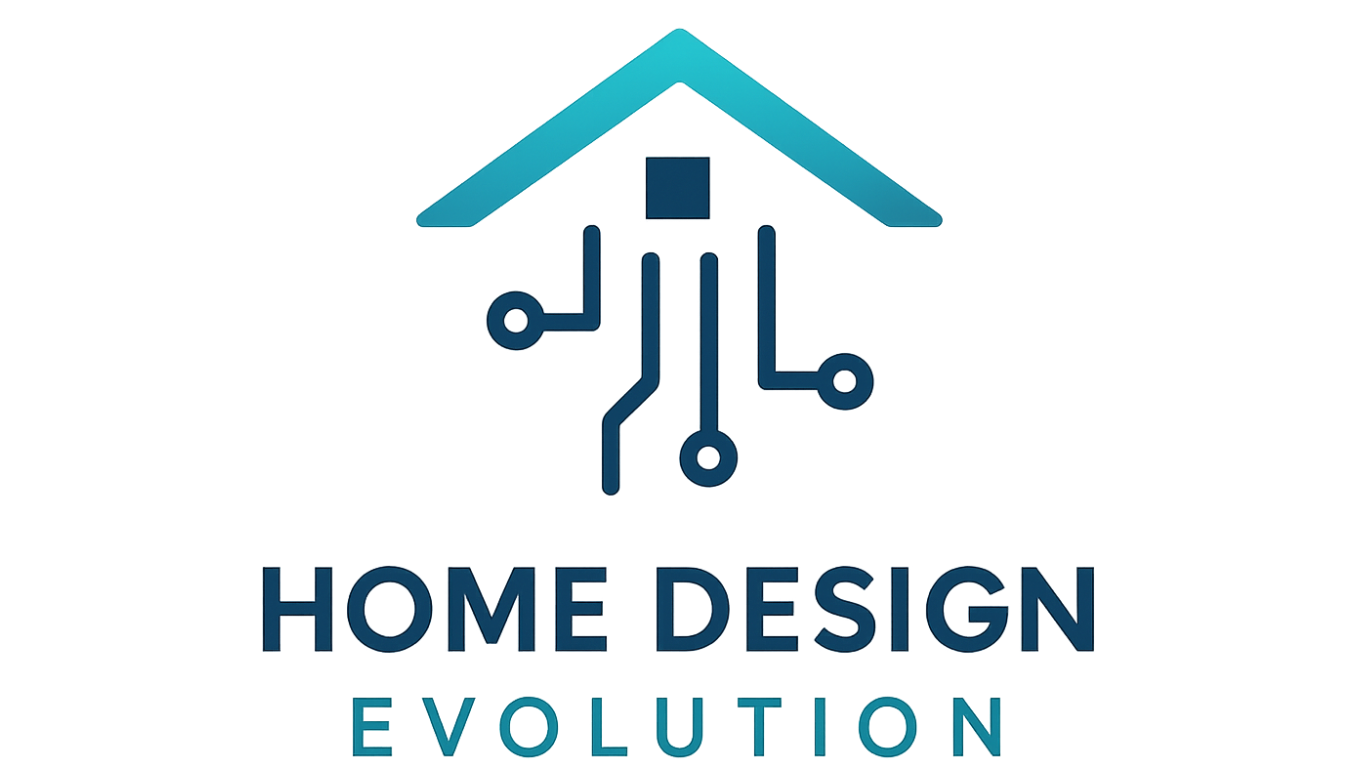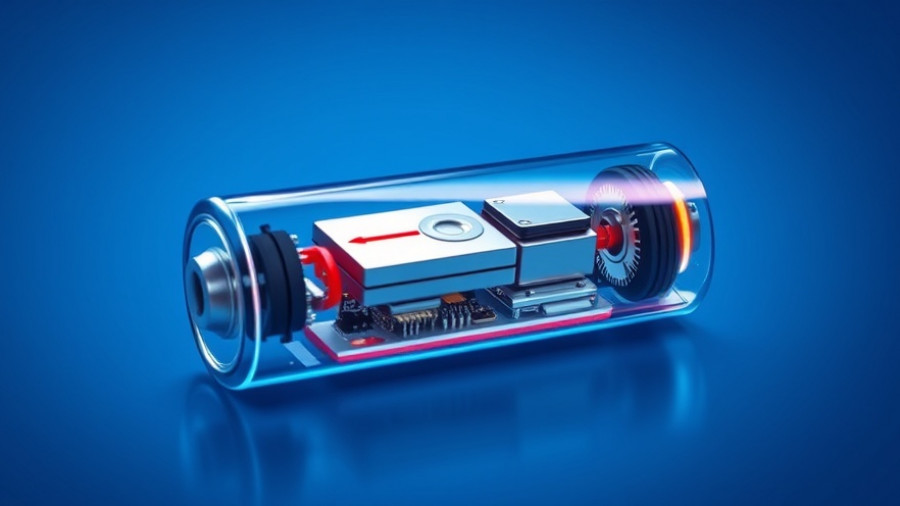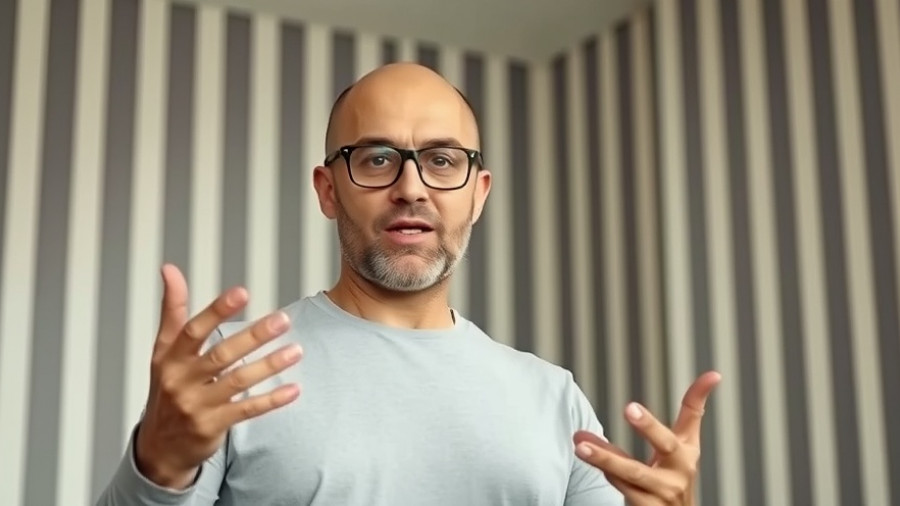
Unveiling the Power of Bifacial Solar Panels
Imagine harnessing 30% more energy from the same rooftop solar panels, simply by utilizing both sides. That's the revolutionary breakthrough that Tongwei's bifacial solar panels are bringing to the renewable energy table. With a staggering efficiency of 91.7% on the back side, these panels are changing the landscape of solar energy. But what does this mean for eco-conscious homeowners? Let's dive into the remarkable technology that is making waves in the industry and how it could impact your energy bills.
In 'How This Bifacial Solar Panel Reaches 91% Efficiency,' the discussion dives into revolutionary solar technologies that have wide-ranging implications for homeowners. We're breaking down its key ideas while adding our own perspective.
Why Bifaciality Matters
Typically, solar panels operate from one side, capturing sunlight directly. However, bifacial panels take it a step further by using both the front and back. This design means that instead of only harnessing direct sunlight, they also collect scattered light reflected off surfaces like rooftops or snow—a concept called albedo. Bifaciality allows for incredible performance, especially in locations known for their reflective qualities. Imagine living in a home surrounded by white roofs and snow! Under these conditions, bifacial solar panels can deliver a 30% increase in energy capture.
Decoding the Technology Behind the Breakthrough
To understand how these bifacial panels achieve such remarkable efficiency, we need to look at three standout features: TOPCon solar cells, inverse-pyramid architecture, and zebra crossing passivation. TOPCon, which stands for tunnel oxide passivated contact, represents a new era of solar cells known for their durability and performance. In contrast to older technologies, TOPCon allows electrons to flow more freely, reducing energy loss before it can translate into usable power.
Practical Advantages of Bifacial Solar Panels
While the capabilities of bifacial solar panels sound appealing, you might be wondering how they stack up economically. Installing bifacial panels generally costs 10-20% more than traditional options, which might raise eyebrows. However, the trade-off could be worth it, particularly for those living in environments with high albedo. With more energy produced, you might find that these panels pay for themselves over time—enhancing your home’s sustainability while reducing electric bills.
Challenges and Considerations for Homeowners
As revolutionary as bifacial technology is, it does come with challenges. Installation is more complex, requiring careful layout and equipment that considers both the front and back of the panels. If you currently have traditional solar panels, moving to bifacial technology means purchasing new mounts or brackets. Additionally, the need for cleaning and maintenance increases, particularly if dirt collects on the backside.
Aligning Energy Solutions with Sustainable Practices
Switching to bifacial solar panels can be a fantastic step toward an environmentally sustainable lifestyle. Not only do they use existing reflective surfaces to boost energy production, but they also maintain less impact on the environment compared to other energy options. Adopting this technology could signify not just a personal investment in home energy savings, but a broader commitment to renewable energy innovation.
The Future of Renewable Energy Technologies
The introduction of bifacial solar panels indicates just how quickly renewable energy technology is advancing. With industry experts projecting this trend to grow, the possibilities for residential solar energy are exciting. Innovations like smart reflector systems promise to bring even greater efficiency levels to households.
As technology improves and costs decrease, binding the worlds of energy and technology becomes increasingly feasible for homeowners. Are we on the brink of a new era where sustainable energy is as accessible as traditional methods? Your decision to consider bifacial solar panels might just accelerate that transformation.
With all the advancements mentioned, you have a unique opportunity—would you be willing to embrace this new era of solar technology? If you've been pondering a transition to cleaner energy sources, now's a great time to consider bifacial panels. They could indeed shape your home’s energy profile for the better!
 Add Row
Add Row  Add
Add 



Write A Comment